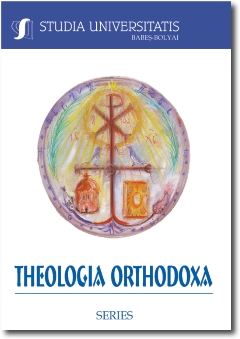MEDIEVAL CHRISTIAN PAINTING DURING ROMANESQUE PERIOD
MEDIEVAL CHRISTIAN PAINTING DURING ROMANESQUE PERIOD
Author(s): Marcel Gh. MunteanSubject(s): Christian Theology and Religion
Published by: Studia Universitatis Babes-Bolyai
Keywords: fresco; tempera; Christ Pantocrator; Christ in glory; The Final Judgment; Apocalypse.
Summary/Abstract: Romanesque art is born at the end of the Xth century, going further through Xlth, having its apogee in the first half of the Xllth century. In its majority, the painting in this period was religious. The christian iconography displays a diversity of cycles like: Christological, Evangelical and Hagiographic. As examples we have: Jesus Christ Pantocrator, Jesus Christ in Majesty, The Final Judgement, Creation etc. The specific technique was tempera and fresco. The main colors used were: red, ochre, violet, yellow, black and white. The characters were displayed frontally, clothing stylized in geometrical shapes, golden background. They represent the influence of the Byzantine art in Italy and of Catalan Romanesque in France. The study analyzed decorative ensembles in France, Italy and Spain. The medieval religious painting with its narative-educational purpose, was used to illustrate holy scenes, maintaining a religious climate in Christian masses and to adore God and the Holy Saints.
Journal: Studia Universitatis Babes-Bolyai - Theologia Orthodoxa
- Issue Year: LVIII/2013
- Issue No: 1
- Page Range: 255-266
- Page Count: 12
- Language: English

